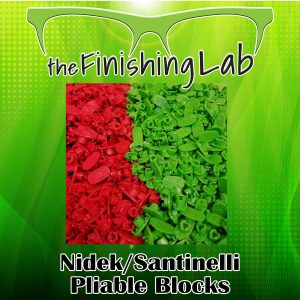While spectacles have increasingly be a style statement, these humble companions will be the one object that many of us rely on throughout the day for a very basic need. You’ll find today various kinds of frames and designs which can be perhaps why we tend to look over the value of lenses – the important thing component that makes spectacles what they are.
The convex lenses were the initial ones to make for stopping far-sightedness after which came the concave lenses to treat short-sightedness. A lot switches into regarding lenses. Knowing more about how lenses are made might help eyewear users comprehend the simple measures involved with selecting the best spectacles. For example, did you know you will need to choose your frames according to your prescription? For the reason that, lenses are cut in accordance with the frames and certain prescriptions might not exactly fit small or thick frames. You can appreciate this plus much more while you continue reading to discover how your prescription lenses are in fact made.
Raw materials
Previously, opticians depended on separate optical laboratories to create lenses. The good news is, full-service outlets which make lenses for purchasers at the same place will be the norm. These outlets get plastic pieces that happen to be injection moulded and search like hockey pucks.
The manufacturing technique of lenses involves several steps.
Surfacing and blocking
The laboratory technician inputs the optical prescription data in to the computer also it gives a print with the information necessary for producing the required prescription lenses. The following critical step occurs when the technician marks the complete position of your respective pupils while you are wearing the glasses (not yet fitted using the corrected lenses). This is how a lensometer is employed through the technician – to find the job.

Next, a lens lathe can be used. A lathe is any mechanical device which is used to chop a physical object symmetrically. The lathe trims the lens from behind to have the desired thickness and precision.
Polishing
When it is just from the lathe, the back of the lens is rough. Hence the technician places the lens inside a fining machine called a lap, which polishes it. First, each lens is rubbed against a difficult fining pad created from soft sandpaper. Then this laps are taken out of each lens and soaked in some hot water for a couple minutes. And then they’re attached time for the lenses and put in the fining machine for polishing. The machine then rotates the fining pad in the circular motion while a polishing compound runs within the lenses.
Edging
After polishing, the lens is much thinner than if this starts. But it still must be lessen to a smaller size. The lens is now place into a lens edger combined with frame selected for it. The edger runs on the digital tracer to capture the three-dimensional picture of the frame and also by employing a diamond cutting wheel, cuts the lens towards the precise measurements supplied by the optician.
Coating
This is the final process in the event the lenses are dipped right into a tint container to be coated. Coating makes lenses resistant against scratching, anti-reflective or capable to block UV rays. The lens usually receives around 16 ultrathin layers of metal oxide coatings. After drying, the lens is able to be inserted in the desired frames.
In the whole production process these spectacle lenses undergo four basic inspections – three of these happening from the laboratory along with the fourth one in the optical outlet. They include examining the optical prescription, verifying the optical centre placement, verifying the frame alignment and visually looking for scratches.
To learn more about Santinelli Edger Services check this website.
